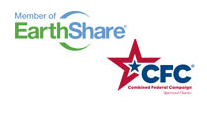Social Studies
Transportation, land use, natural resources and trade are natural ways to tie environmental topics to social studies lessons. Encourage students to: analyze environmental legislation, use Geographic Information System resources (such as Google Earth) to look at environments globally, and explore the impacts of climate, environment and natural resources on historical events. Use the search function to the right to explore other ways to incorporate environmental themes into social studies lessons.


